0
You have 0 items in your cart
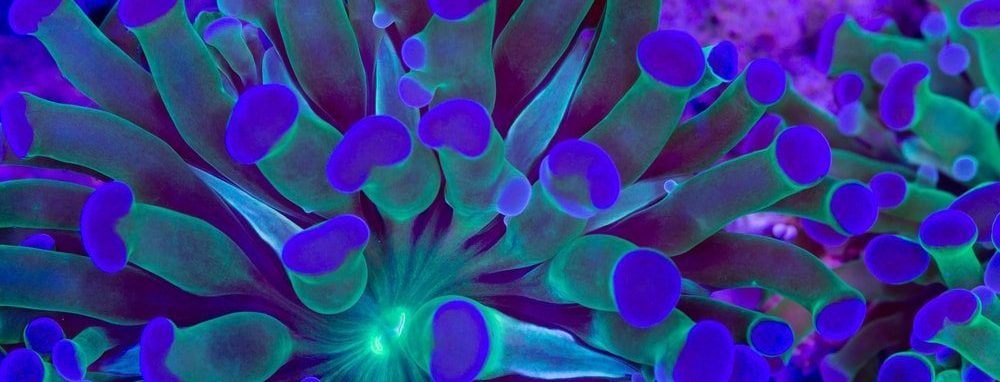
**Hi, there! You may noticed that we differentiate this article from the others, adding a lot of green! At Smartminds, we love to promote environmental awareness and share our vision and actions with our readers! We’d love to invest time and energy in awesome Green Projects, in case you’re looking for some new peeps to help you with your project, contact us!
It’s believed that we humans have studied Mars and Venus three times more than we have explored the oceans. There are so many secrets that our oceans hold, and we are yet to unveil them.
Oceans cover around 70 percent of the total earth’s surface area, but unless you’re a surfer or a sailor, you probably don’t spend much time thinking about this vastness. Here is some food for thought- did you know that the Atlantic Ocean is so big that it can let every person in the US own a cubic kilometre inside it? And the Atlantic is not even the biggest ocean in the world. Learn how deeply connected businesses around the globe are to the environment. How through a conscious culture, a business is a vehicle for change.
Just to give you an idea of how far behind we are in the field of oceans, here are 14 facts you didn’t know about the ocean.
The ocean is the most potent force on the planet. It feeds us and everything else around us. The big question is: how does it feed all of us? Details surrounding the answer are what we all hope to learn today.
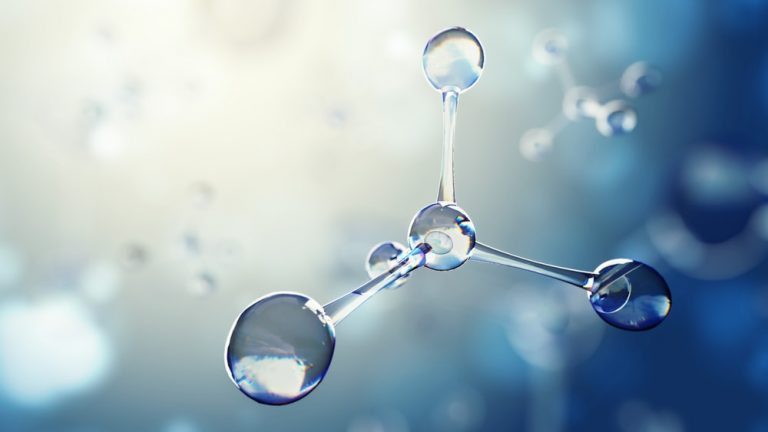 Well, for starters, 50-70% of the oxygen we breathe comes from the ocean.
Well, for starters, 50-70% of the oxygen we breathe comes from the ocean.
Humans, fish, dolphins, seabirds, crabs and just about every other living thing owes its existence to phytoplankton. Phytoplankton is single-celled plants that live on the ocean’s surface.
These one-celled plants are behind what the scientists call marine biological productivity- the ability of oceans to support animals, plants and fish. They use energy from the sun to convert nutrients and carbon dioxide into organic compounds that form new plant material. This process is called photosynthesis.
For photosynthesis to occur, phytoplankton needs two things: nutrients from the water and energy from the sun. They absorb both of these across their cell walls. In the process, they release oxygen into the water.
Thus, half of the world’s oxygen is produced via photosynthesis in phytoplankton, and the other half is produced via photosynthesis in trees, grass, shrubs and other plants. This is the main reason why the oceans are also known as the lungs of the world.
 Recent estimates have shown that the oceans absorb 30-50% of all carbon dioxide released from fossil fuel burning. About 28% is absorbed by the plants while about 40% is discharged into the atmosphere.
Recent estimates have shown that the oceans absorb 30-50% of all carbon dioxide released from fossil fuel burning. About 28% is absorbed by the plants while about 40% is discharged into the atmosphere.
But will the oceans continually be able to take up these proportions of carbon dioxide emissions year on year? Probably not.
The idea is simple enough: the more CO2 that people pump into the atmosphere by burning fossil fuels, the more the oceans absorb them. The oceans would continue to take up more and more CO2 until they can’t take any more.
At this point, ocean circulation will slow down, water at the surface will become saturated, and this will slow down carbon dioxide intake. When the ocean starts to soak up less carbon dioxide, more is left in the atmosphere where it contributes to global warming.
Businesses and organizations all over the world have taken the initiative to innovate their brand, influence and motivate their community into a sustainable way of living. As the business supports the environment and their employees are conscious of the carbon emissions of their business. We can take actionable steps into a sustainable future.
This, in turn, affects the ability of planktons to take up carbon dioxide contributing to more global warming. In short; if we do not take care of the oceans (which absorb 30-50 % of all Co2), we will destroy our ecosystems and put our lives in danger.
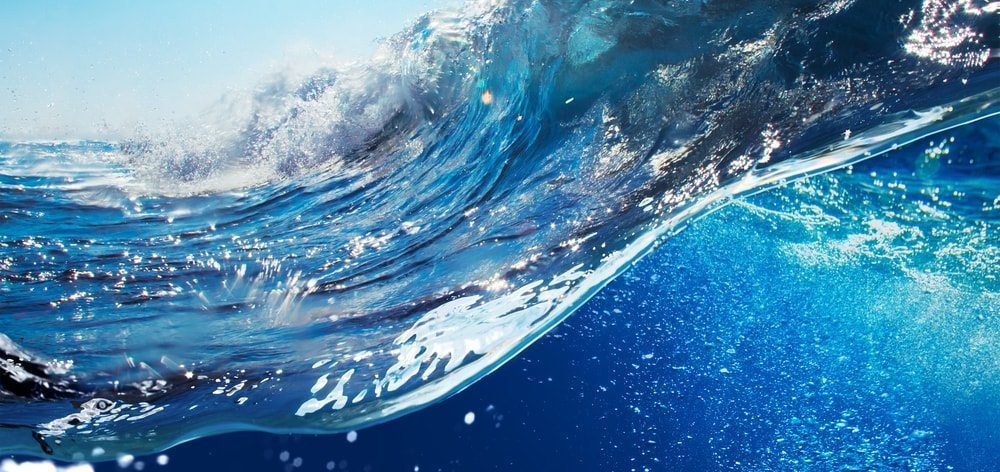
Have you ever stopped to question why the ocean is blue? After all, when you turn your tap on and fill a glass with water, it doesn’t appear blue, does it? Nope! It’s actually as clear as crystal. So why would the ocean be blue?
For a long time, many people thought (and some still do) that the ocean appears blue because of reflection from the blue sky. The real reason why the ocean appears blue is that of the way it absorbs sunlight.
When sunlight hits the surface of the ocean’s water, the water molecules naturally absorb the rays of light. However, not all rays are absorbed. Water molecules mainly absorb light rays with longer wavelengths, such as those in the orange, red and yellow wavelengths.
Shorter wavelengths, like the blue wavelengths, are least absorbed by water molecules. They tend to get reflected back into our eyes. This is why we usually see as if the ocean water is blue.
You probably already know that there are 5 oceans and that over 75% of the earth’s surface is covered by water. But did you know that 94% of all life in the world is aquatic?
 According to researchers, life began in the ocean about 3.5 million years ago. Today, the ocean is home to most of the planet’s dominant forms of life. In fact, over 94% of all life on Earth is aquatic. These life forms include the world’s greatest structure- the Great Barrier Reef and over five thousand species of coral.
According to researchers, life began in the ocean about 3.5 million years ago. Today, the ocean is home to most of the planet’s dominant forms of life. In fact, over 94% of all life on Earth is aquatic. These life forms include the world’s greatest structure- the Great Barrier Reef and over five thousand species of coral.
With all of these living forms down there, it’s high time we take a keen interest in the oceans around us. And because very little is known about the oceans and the forms of life found in it, the possibilities are far-reaching for terrific discoveries.
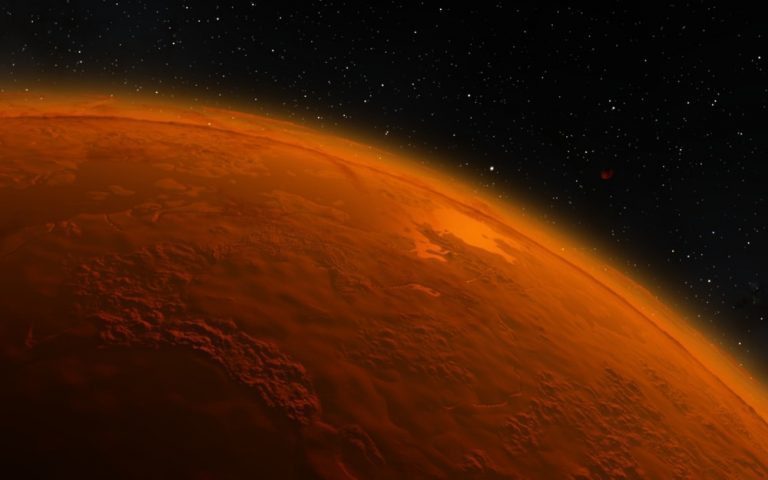 The ocean floor has been mapped, but only to a resolution of 3 miles (5 kilometers). This means we can only see features larger than 5Km from those maps. Unlike mapping land, we can’t measure the landscape of the seafloor. If you consider the extent of the ocean floor we’ve actually mapped, we’re talking less than o.05 percent of the ocean.
The ocean floor has been mapped, but only to a resolution of 3 miles (5 kilometers). This means we can only see features larger than 5Km from those maps. Unlike mapping land, we can’t measure the landscape of the seafloor. If you consider the extent of the ocean floor we’ve actually mapped, we’re talking less than o.05 percent of the ocean.
It brings the question: why does space seem to be a ready target for exploration than the oceans? Everything boils down to ease of exploration. Sure, it can be hard to launch a spaceship into space. But it’s no easy feat to get a person to the bottom of the ocean, where the pressure of 100 mini-jumbo jets rests on top of their body.
And keep in mind that in space, you can actually see stuff. The ocean, on the other hand, is dark and forlornly murky. Getting lights to shine down there is no easy task.
So perhaps, we do understand more about other planets than we know about the ocean, but that doesn’t mean that everything is lost. We will get to explore it one day.
We are tied to the ocean. And when we go back to the sea, whether it is to sail or to watch – we are going back from whence we came.
Up to 2/3 of all plant and animal species in the oceans are yet to be explored. This is according to a recent study conducted by marine scientists.
 Ten years ago, we thought there were about 10 million species in the ocean; now we believe there are less than 1 million. If you consider fish, for example, it is estimated that there are 5000 species unexplained. And 150 new species of fish are discovered every year.
Ten years ago, we thought there were about 10 million species in the ocean; now we believe there are less than 1 million. If you consider fish, for example, it is estimated that there are 5000 species unexplained. And 150 new species of fish are discovered every year.
Besides fish, the study suggests that there are more than eight species of whale and dolphin waiting to be explored, ten undiscovered marine reptiles and thousands of unidentified crustaceans, sponges, algae and other plant species.
So far, only 220,000 species have been discovered, with another 60,000 species waiting to be discovered. The rate of new discoveries is increasing, and more and more people are involved with describing new species.
But despite an increasing rate of species discovery, as much as 95 percent of all aquatic life remains unexplored.
The Great Barrier Reef, measuring about 2,000km in length, is, without doubt, the largest living structure on Earth. In fact, it is among the few living structures that can be seen from the Moon.
 Other tropical coral reefs line the shores of more than 100 countries, the majority of which are the world’s least developed countries.
Other tropical coral reefs line the shores of more than 100 countries, the majority of which are the world’s least developed countries.
Coral reefs make up less than 0.5 percent of the ocean’s floor, but 90% of all marine life is directly or indirectly dependent on them.
Sadly, there has been significant coral reef degradation. In fact, 60 percent of all coral reefs are at a risk of being lost by the year 2040.
Globally, coral reefs attract tourism and are responsible for $9.6 billion in global net profit for businesses dependant on the health and beauty of coral reefs. This is where ecotourism comes in, for those businesses whose market is mostly tourists, the conscious direction of the business is sustainable and cooperative with the surrounding environment. It is important that the revenue of a business makes sure to invest back into its future within the environment.
The leading causes of significant coral reef degradation include sedimentation, coastal development, destructive fishing practices, tourism, pollution and global warming. Of particular concern is the fact that climate change continues to threaten to destroy the majority of coral reefs, as well as cause unimaginable havoc on the fragile economies of small developing islands.
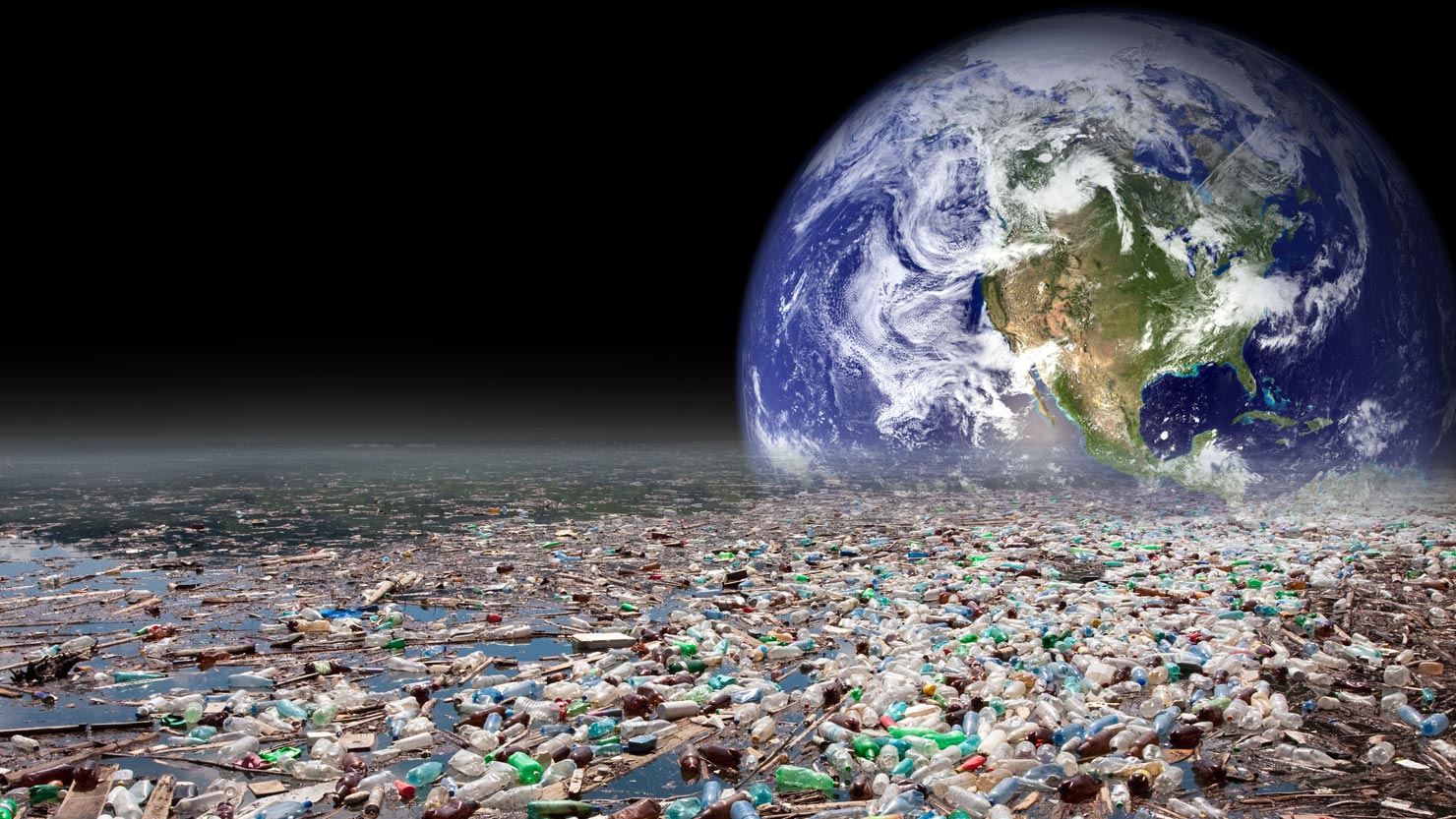
You might have already heard that the oceans are full of garbage, but how full are they exactly? Around 8 million metric tonnes of garbage are dumped into the oceans every year. That’s equivalent to 20 full shopping bags of plastic for every meter of coastline. By 2030, we will have put enough plastic to cover 5% of the earth’s entire surface area.
Around one-third of this garbage comes from China and another 10 percent from Indonesia. As a matter of fact, all but one of the top 20 worst dumpers of garbage are developing nations. This is attributed to their rapidly growing economies and poor waste management systems. The United States, coming in at number 20 produces about 1 percent of global waste.
These figures are nothing to smile about. Thankfully, there has been extensive research on ways to improve global waste management and reduce plastic in the oceans.
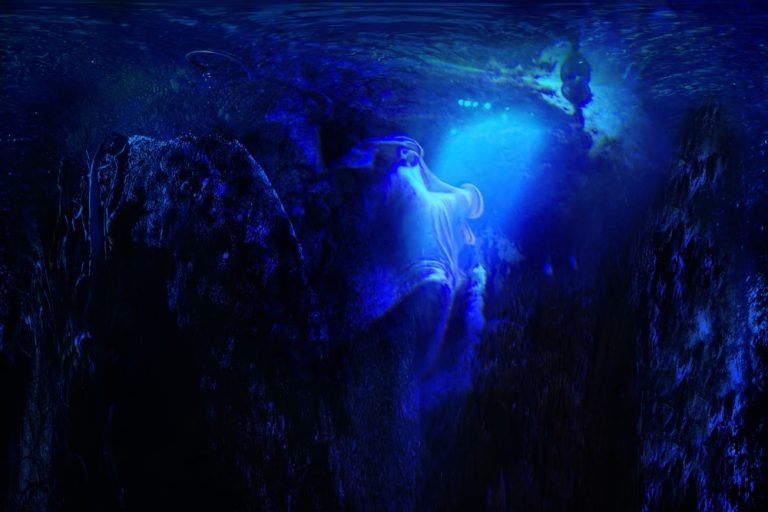 The term deep sea creatures is used to identify organisms that live below the photic region of the ocean. These creatures live in exceptionally harsh conditions, such as small amounts of oxygen, hundreds of bars of pressure, very little food, extreme cold and zero sunlight. Most of these creatures have to depend on food sinking from above.
The term deep sea creatures is used to identify organisms that live below the photic region of the ocean. These creatures live in exceptionally harsh conditions, such as small amounts of oxygen, hundreds of bars of pressure, very little food, extreme cold and zero sunlight. Most of these creatures have to depend on food sinking from above.
The term deep sea creatures are used to identify organisms that live below the photic region of the ocean. These creatures live in exceptionally harsh conditions, such as small amounts of oxygen, hundreds of bars of pressure, very little food, extreme cold and zero sunlight. Most of these creatures have to depend on food sinking from above.
They live in very punitive environments, commonly referred to as hadal or abyssal zones, which is thousands of meters below the ocean’s surface, are completely devoid of light. Water is between 4 and 9 degrees Celsius and oxygen levels are too low. Owing to the depths, pressure levels are between 50 and 1000 bars. The creatures in these regions are forced to adapt to the high pressure, low oxygen and lack of food.
Our planet contains around five million cubic miles of ice, and more than 80 percent of this is found in the East Antarctica sheet. Scientists believe that it would take around 5000 years for all the ice on the surface of the earth 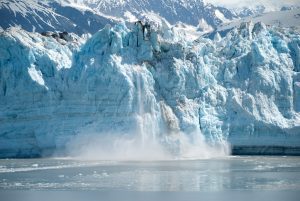 to melt.
to melt.
Earth has never been free of ice since the Eocene epoch – a period of elevated temperatures that occurred 30 million years ago. If this is repeated, sea levels could rise by 80 meters (262 feet). This could change every shoreline and engulf entire cities worldwide.
In fact, National Geographic has created several series of maps showing how the earth would look like if all the ice in glaciers and ice sheets melted. Sea levels would rise by 262 feet covering cities and countries while radically changing how continents look and wiping out the entire population.
Through carbon emissions, the rate of global warming rises, this then causes ice sheets and glaciers to melt rapidly. Habitats of arctic creatures lost and sea levels rising. As coastlines go up we are losing many islands, villages, and communities globally through the impact of our carbon emissions. Businesses, organizations, and corporations around the world are responsible for not only their carbon footprint but to lead society to positively impact our environment.
The Ring of Fire is an extensive chain of volcanoes and other tectonically active structures in the Pacific Ocean. It runs up along the western coast of North and South America, crossing the Aleutian island in Alaska all the way to 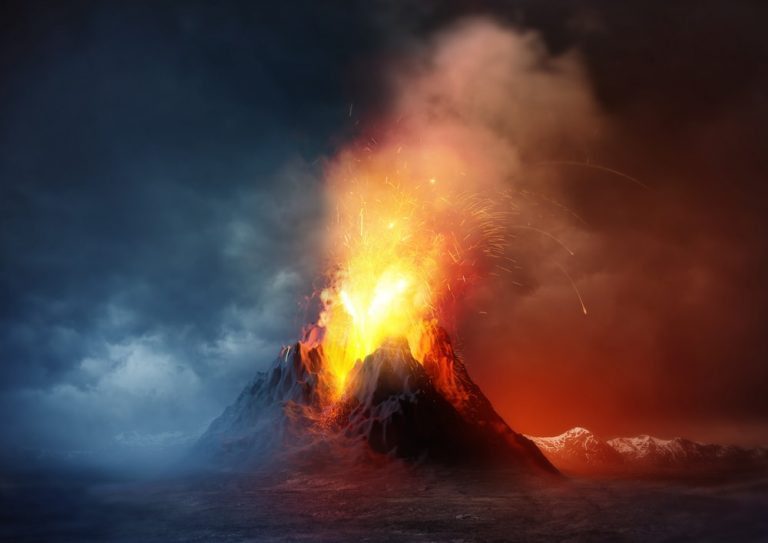 the eastern coast of Asia past the northern coast of Antarctica.
the eastern coast of Asia past the northern coast of Antarctica.
The Ring of Fire is possibly the most geologically active zone on earth. It is a site where frequent powerful volcanic eruptions and powerful earthquakes occur. In fact, 90 percent of the world’s most powerful volcanic eruptions and 81 percent of the largest earthquakes are found in this region.
Currently, there are over 400 active and dormant volcanoes along the Ring of Fire. Most of these volcanoes were formed via tectonic processes where thick ocean plates collided and slid under continental plates. The largest earthquake on the Ring of Fire was a 9.5 magnitude that hit Chile in 1960. Other significant earthquakes were a 9.2 magnitude that hit Alaska in 1964 and a 9.0 magnitude that hit Japan in 2011.
With every drop of water you drink, every breath you take, you’re connected to the sea
 It is quite a wonder that there are an estimated 20 million tonnes of gold in the oceans of the world. This is enough gold for every person in the world to own nearly nine pounds each.
It is quite a wonder that there are an estimated 20 million tonnes of gold in the oceans of the world. This is enough gold for every person in the world to own nearly nine pounds each.
But why don’t we all head down the oceans with our gold pans in search of this rare and precious commodity? While it is indeed true that gold is found in the oceans, the difficulty of extracting it lies in its extremely minute existence.
Although 20 million tonnes of gold may look like a massive amount, when you spread that amount throughout the oceans, you get a quantity of 0.004 parts per billion. Another way to think about this is that you would have to process 30 million pounds of ocean water to extract a single ounce of gold. We are talking such minuscule quantities that it’s even impossible to wrap our heads around it.
On a stormy night in 1992, a shipping container containing 29000 plastic toys was lost at sea when it plunged into the ocean on its way to the United States from Hong Kong. No one could have predicted that these toys would still be floating in the oceans more than 20 years later.
 Today, the plastic toys are recognized for revolutionizing our knowledge of oceanic currents. Since that fateful day, the yellow ducks have been found halfway around the world in Hawaii, Alaska, Australia, South America and Pacific Northwest. Others have been found as far as Newfoundland in the Atlantic. Yet others have been found frozen in the Arctic.
Today, the plastic toys are recognized for revolutionizing our knowledge of oceanic currents. Since that fateful day, the yellow ducks have been found halfway around the world in Hawaii, Alaska, Australia, South America and Pacific Northwest. Others have been found as far as Newfoundland in the Atlantic. Yet others have been found frozen in the Arctic.
The duckies have since been nicknamed the ”Friendly Floatees’’, thanks to their contribution in creating awareness about ocean pollution.
 The unexplored potential of oceans can be explained by the fact that if we could capture only 0.1 percent of the ocean’s kinetic energy (produced by tides and currents), we could fulfill the present global energy demands five times over!
The unexplored potential of oceans can be explained by the fact that if we could capture only 0.1 percent of the ocean’s kinetic energy (produced by tides and currents), we could fulfill the present global energy demands five times over!
Yes, there is so much energy in our oceans. But there are two big problems with harvesting it. First, it is mostly very diffuse. To gather the energy efficiently, it needs to be concentrated. There are very few places where tidal and current energy is concentrated. This has to be at the entrance of basins. And harvesting it is next to impossible.
However, we should continue looking for ways to tap this energy. We just haven’t found ways to do so yet. This is where organizations can invest towards the future of the planet.
Once businesses and organizations realize that they are vehicles for change. With the awareness of the impact, businesses have on our environment, especially the ocean, they can begin to not only protect it but run their business successfully and sustainably.
We now know that our ocean is the cornerstone of the world’s support system. It is the living engine that sets Earth apart from all other planets in the universe. If it is in danger, so are we. As a result, we should make it a priority to take good care of the ocean systems that make our lives bearable. Ask yourself this: 50 years from now, what will the oceans be like?
“Limitless and immortal. the waters are the beginning and end of all things on earth.” – Heinrich Zimmer
